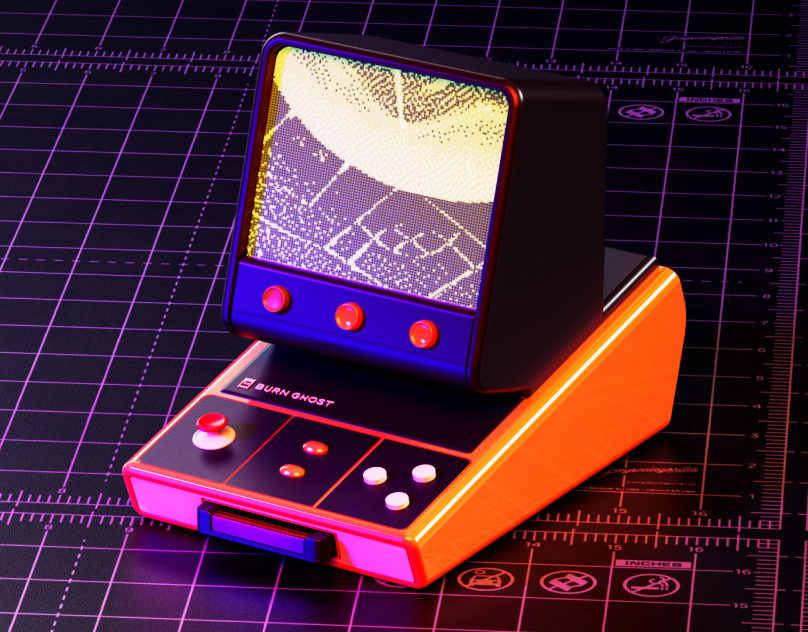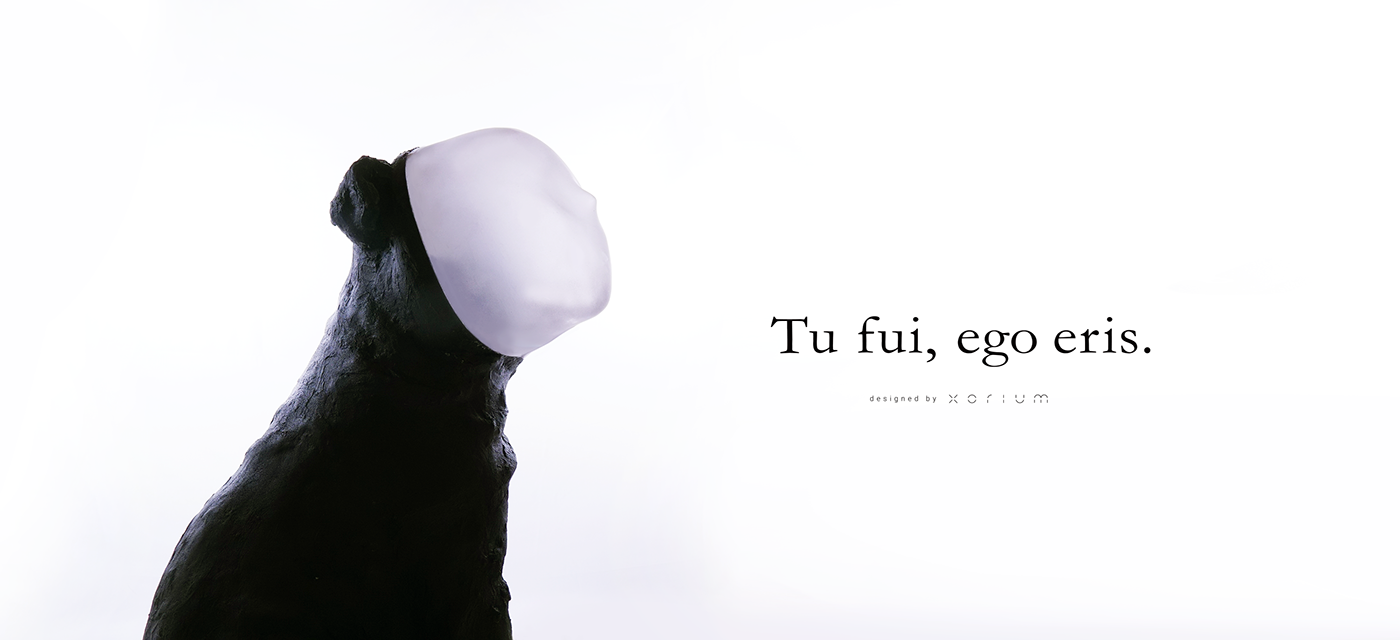
本作品は、すべてが最適化された理想的な未来の裏側に潜む、自身の存在の喪失という恐怖を体感するアートである。目の前に立った人の顔を認識・撮影を行い、あたかも意思を持っているかのように振る舞うアバター(≒デジタルクローン)をコンピュータグラフィックスにより生成し、犬型オブジェクトを通じて提示する。
This piece allows each person to experience the fear of losing their identity, which hides behind an ideal future in which everything has been optimized. First, the face of the person standing in front is recognized and captured. Then, an avatar (≒ digital clone) that acts as if it has its own will is created using computer graphics and displayed through a dog-shaped object.
物理的な生命生物としてのクローンは世界中で研究が進められていますが、ヒトのクローンが造られることは種々の問題からまだまだ遠い未来の事でしょう。一方で、AIの進化は隆盛を極めてきており、問い合わせ業務のチャットボット化や電話応答の自動化など日常生活に広く普及しはじめています。人々が思っているよりもかなり早く、電話や画面越しの相手が人間であるか、AI であるかは判別できなくなります。加えて、VR デバイスやテクノロジー、サービスの加速度的な進展によって、我々は移動コストをはじめとする物理的な制約から解き放たれつつあります。近い将来、virtual と real の境界は曖昧になり、VR 空間ではリアルアバターを身に纏い仕事にレジャーに勤しむことになります。リアルアバターはデジタルデータの性質上、無限にコピーすることが可能です。個人個人の性質を学習したAIを自分のリアルアバターのコピーにインストールし、ゲーム世界を構成する NPC (Non Player Character)のように、VR空間内の様々な仕事・役割を担わせていくことは想像に難くありません。言うまでもなく、AI が投影されたリアルアバターのコピーとは、実世界におけるクローンと限りなく近いものであると考えられるでしょう。
Although research on clones as physical life forms is being conducted all over the world, creating human clones is most likely in the far future due to various issues. Meanwhile, the evolution of AI is at its peak, and it has began spreading widely in everyday life, such as chat bots for customer support and automating telephone responses. It will become impossible to distinguish whether the party on the other side of the telephone or screen is a human or an AI, and it will happen much faster than people think. In addition, through the accelerated progress of VR devices, technologies, and services, we are beginning to be freed from physical constraints such as transportation costs. In the near future, the boundary between virtual and real will become ambiguous, and people will be in their realistic avatars in the VR space and engage in work and leisure. Due to the nature of digital data, realistic avatars can be copied infinitely. It is not difficult to imagine that AI that has learned the nature of each individual will be installed on the copies of realistic avatars and they will take on various jobs and roles in the VR space like the NPCs (Non Player Characters) constituting the game world. Needless to say, a copy of a realistic avatar with AI projected on it would be considered extremely close to a clone in the real world.
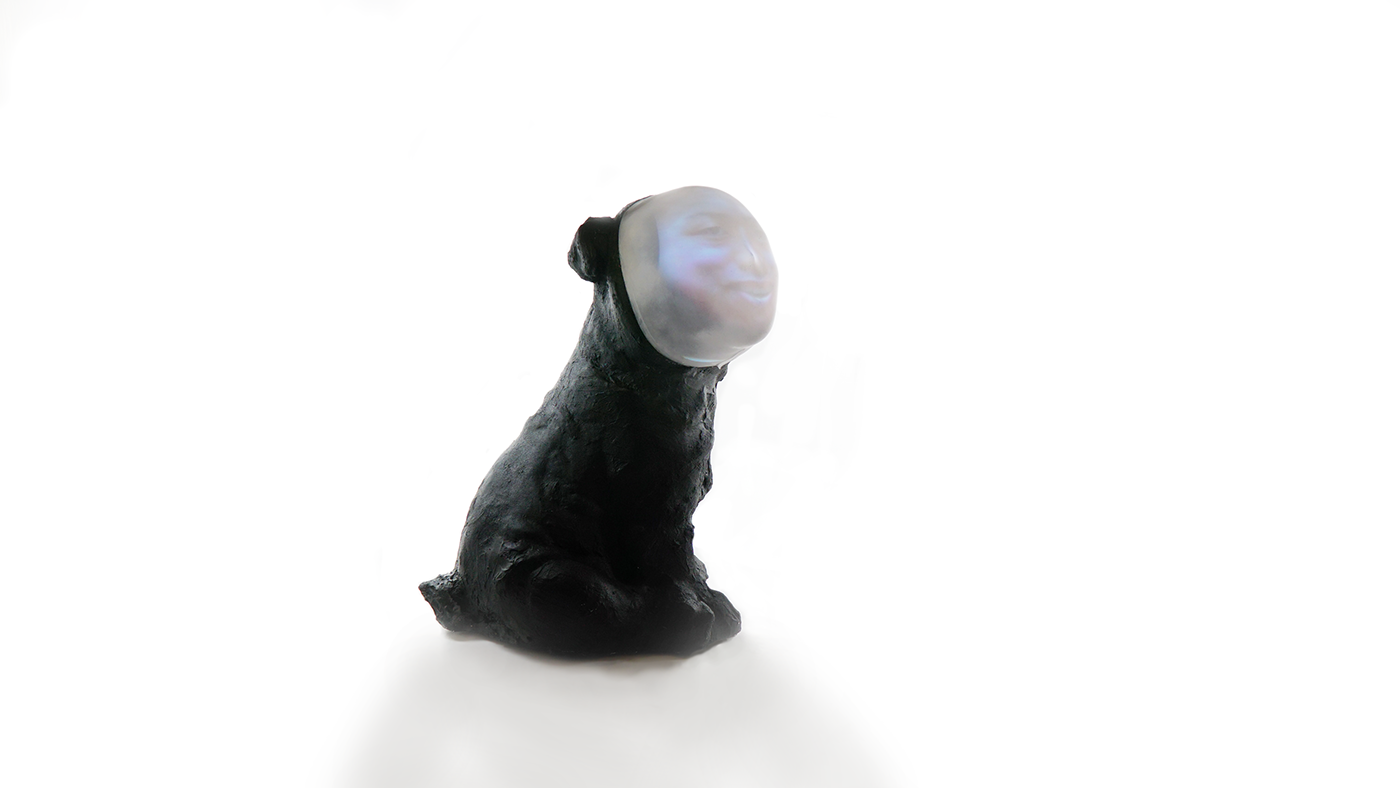
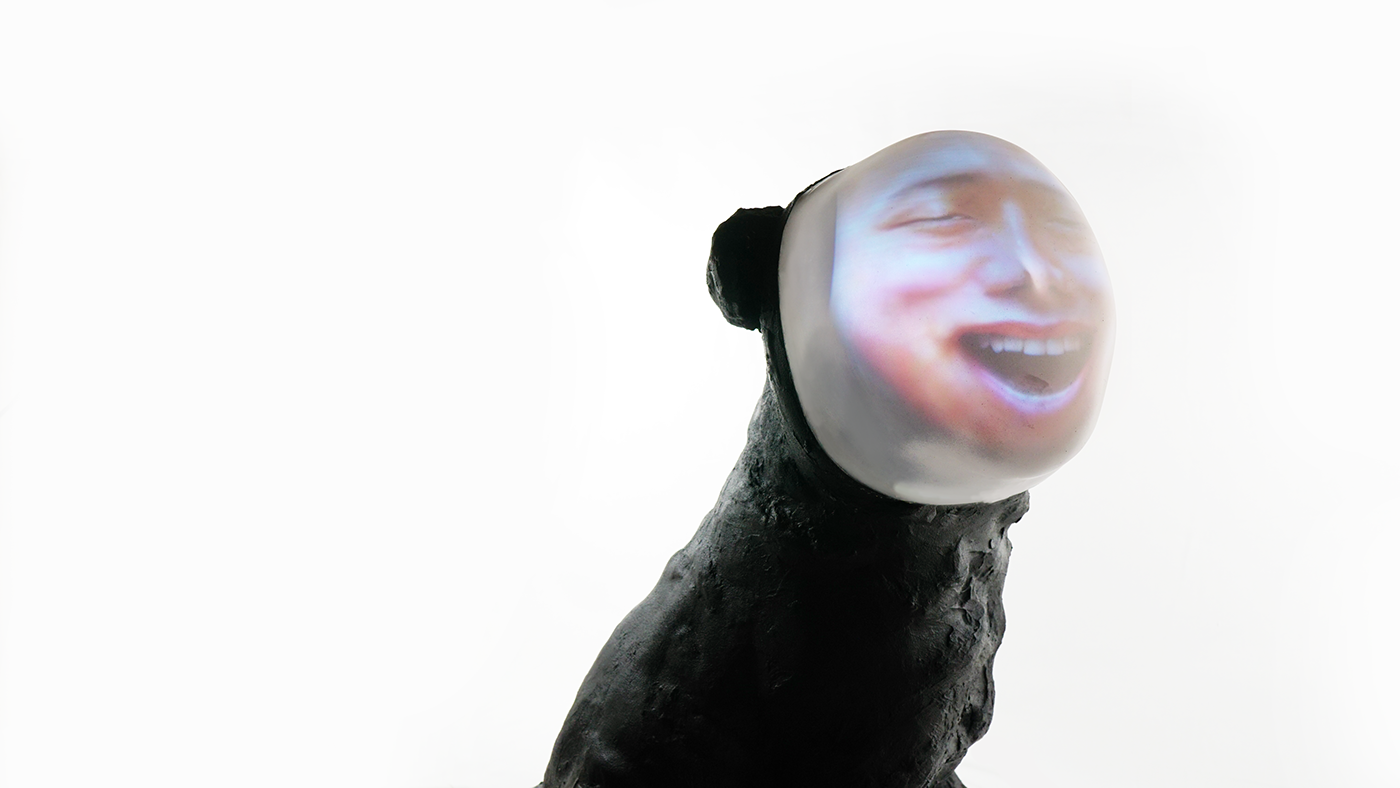
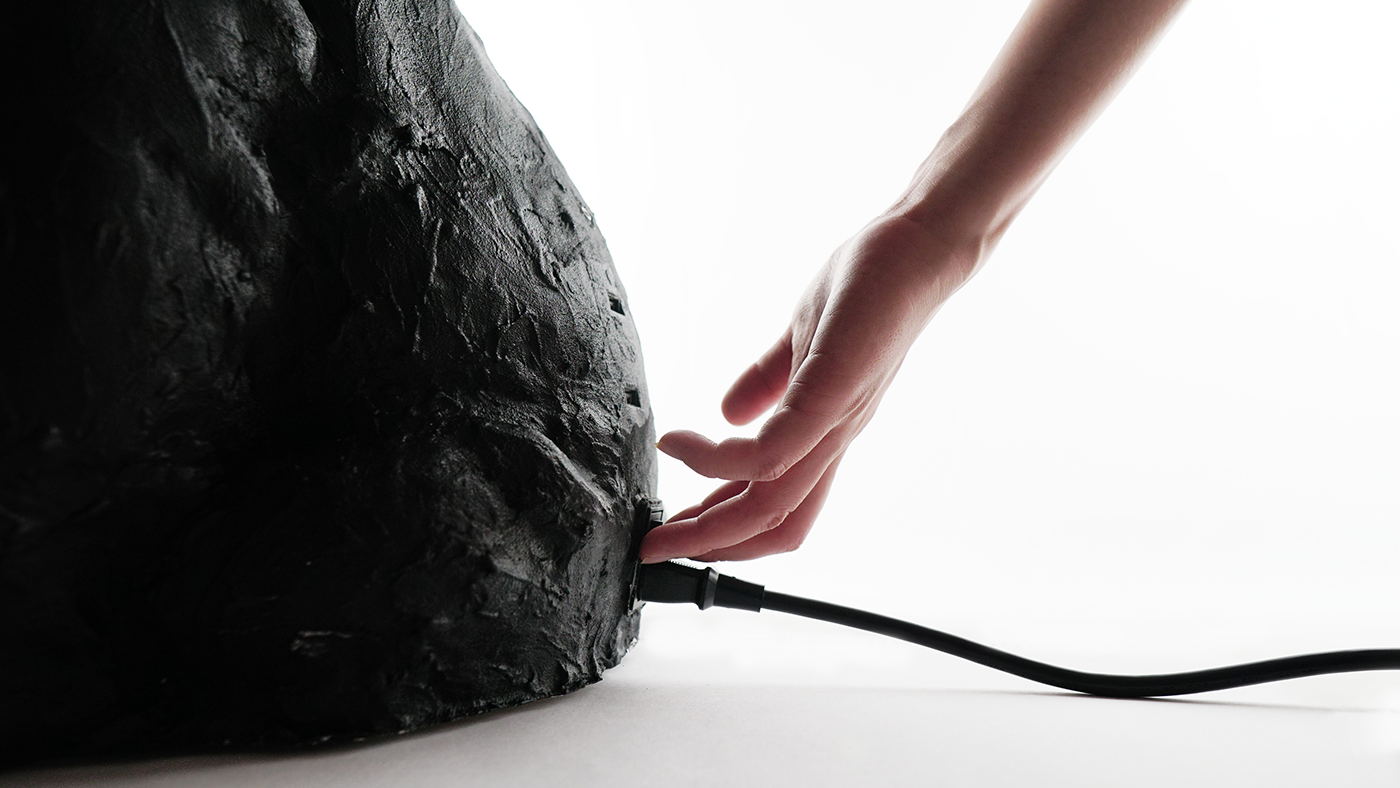
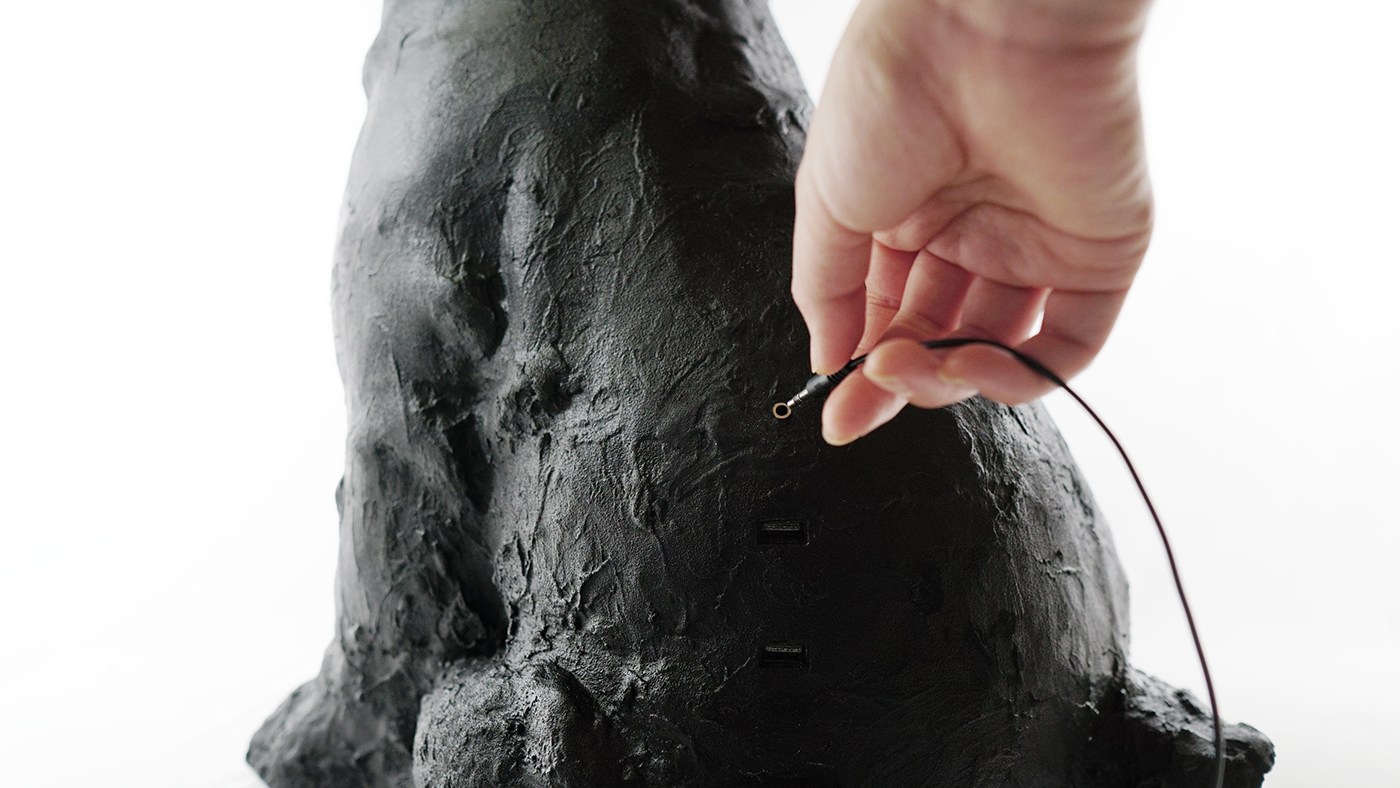
「 Tu fui, ego eris 」と対面すると自分の顔がトレースされ、表示されます。その表情は、何か話すわけでなく、瞬きをしたり、ゆっくり顔の向きを変えたりします。目でこちらの動きを追ったり、ただこちらの行動に反応します。それによって、見る人に作品の奥行を見出してもらいます。また、デジタル上のクローンは投影先が人型に限定される必要はなく、無機物や人間以外の生物も容易に適用が可能です。今回の作品では人間が最も慣れ親しんだ動物として犬を選択し、「 人ではない別の生物 」に自分が投影されている違和感と不気味さを効果的に表現します。
When you face "Tu fui, ego eris," your face is traced and displayed. Although it does not say anything, its expression changes by blinking or slowly changing the direction of its face. It follows you with its eyes and simply responds to your actions. This allows you to sense the depth of this piece.
Also, the form that the digital clone is projected to is not limited to humans, as the projection can also easily be applied to inanimate objects and non-human organisms. For this piece, a dog, which is the animal that humans have become most familiar with, was used to express the strangeness and eeriness of seeing yourself being projected onto a "non-human organism."
Also, the form that the digital clone is projected to is not limited to humans, as the projection can also easily be applied to inanimate objects and non-human organisms. For this piece, a dog, which is the animal that humans have become most familiar with, was used to express the strangeness and eeriness of seeing yourself being projected onto a "non-human organism."
concept movie.











